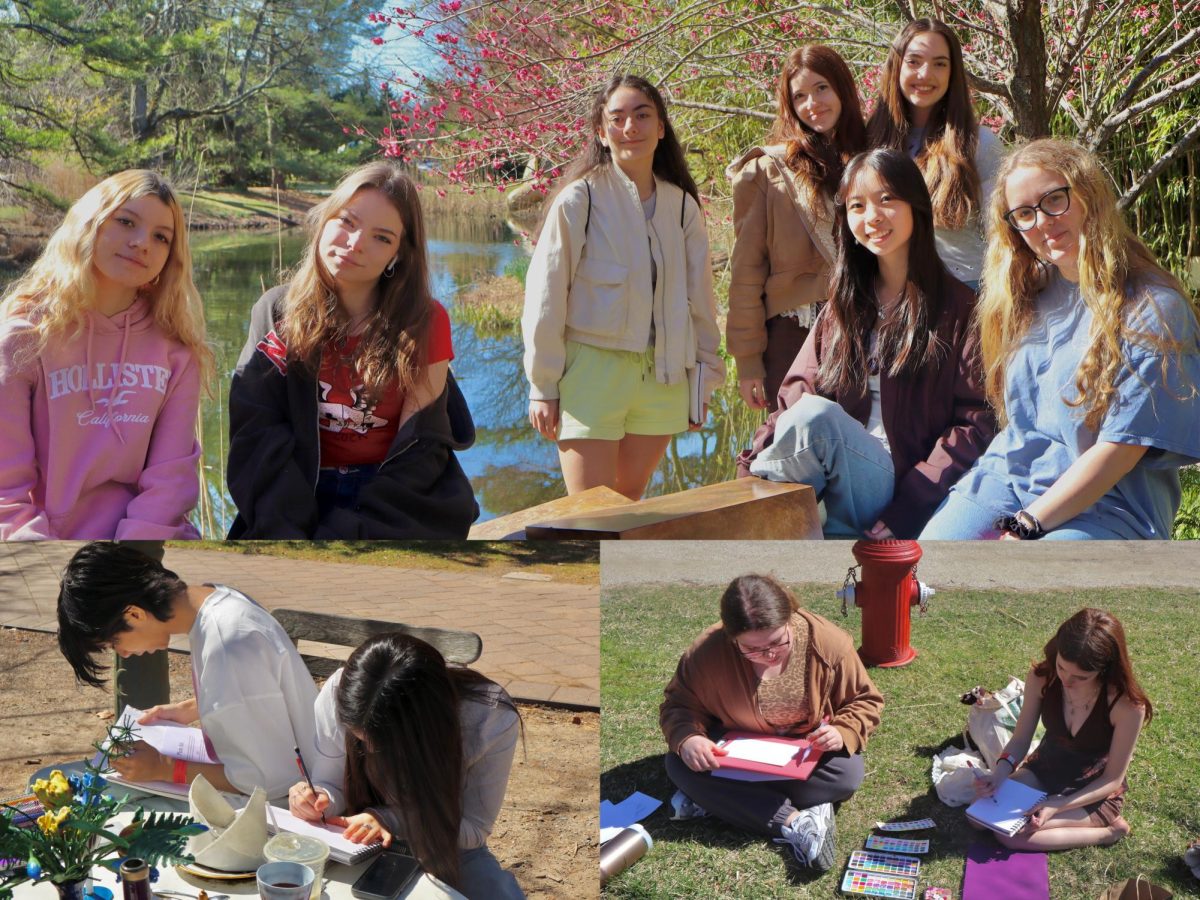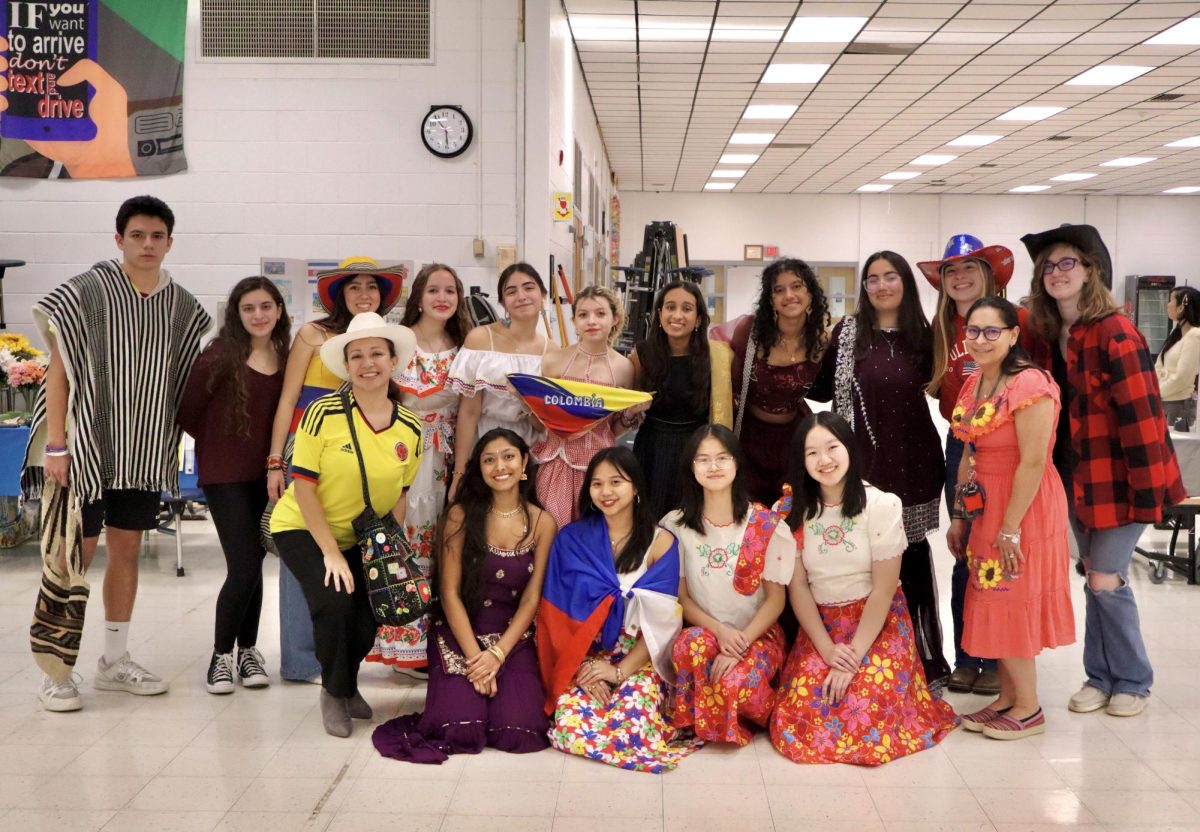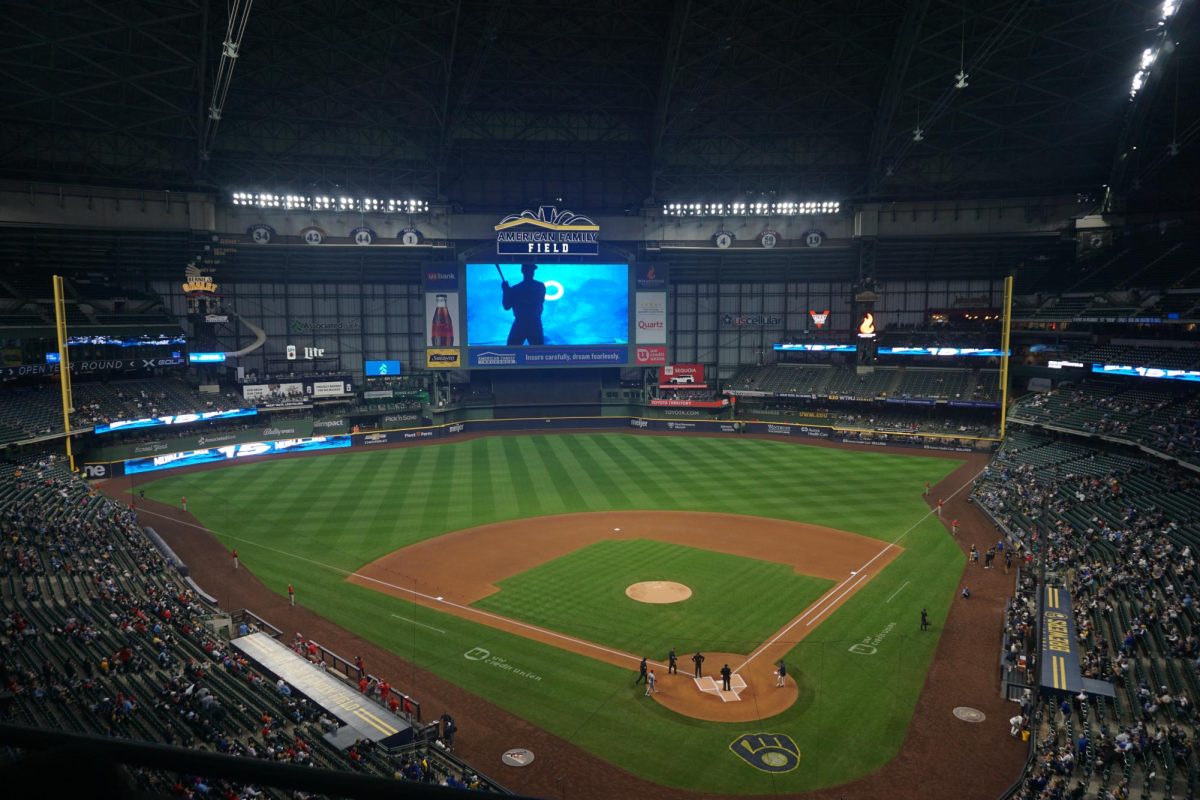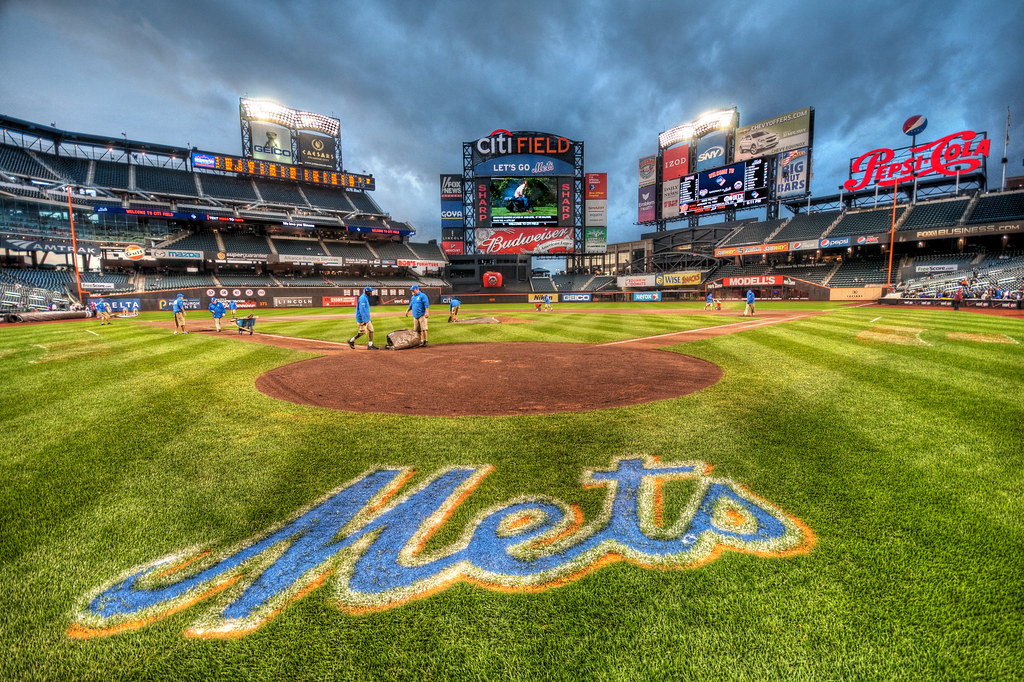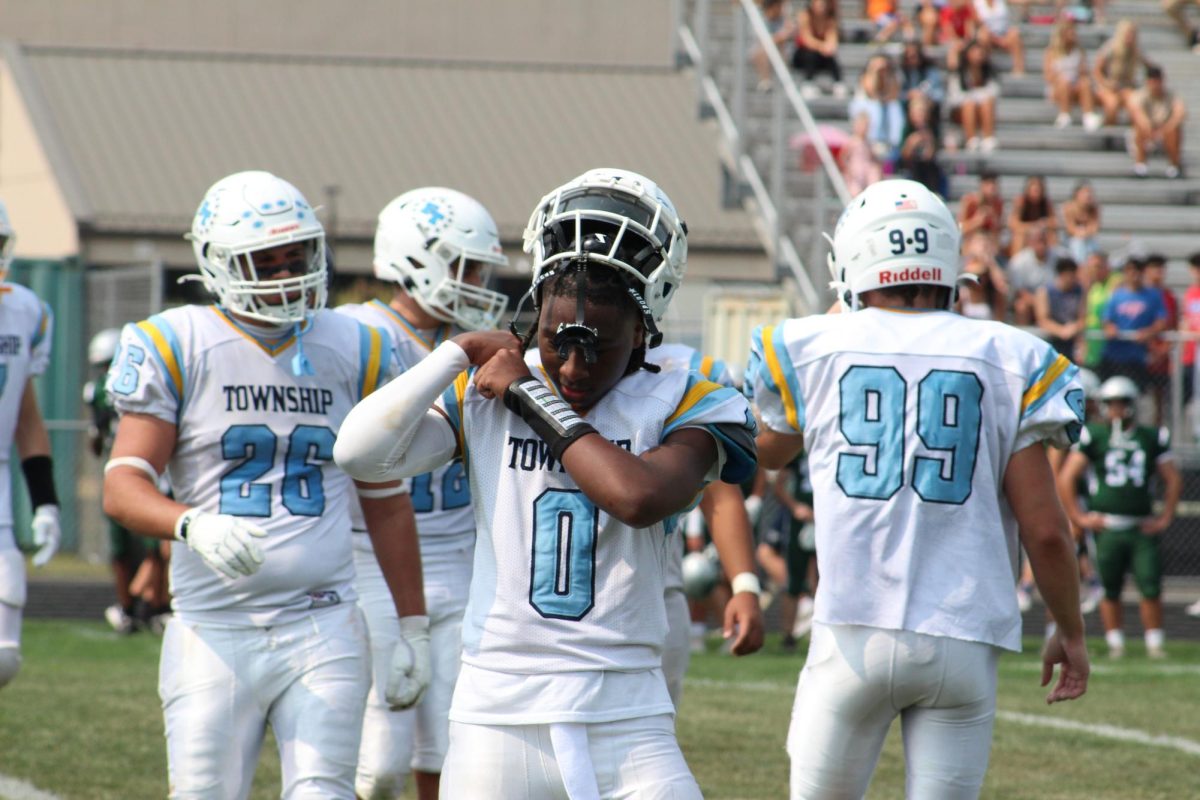Mysteries, Oddities, and Everything Strange: Moai
December 10, 2022
Moai: Stone-faced Sculpture
Everyone has probably seen the classic stone-faced emoji that represents a feeling of ironic humor or some other definition that TikTok has crafted for it. Regardless, these emoticons are recreations of the infamous Easter Island statues that are scattered around the Pacific Island. These figures have been tourist attractions for decades, but their meaning and origin are almost completely shrouded in a fog of mystery and conspiracy. How exactly did the moai emerge at some point in human history, what is their purpose, and how do they even exist in the first place?
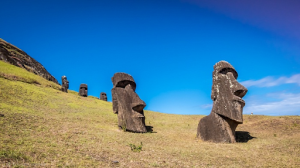 The moai originated from a group of people living on the island known as the Rapa Nui. The national park on the island, Rapa Nui National Park, is named after the people and is meant to protect the integrity of the statues from human interference. There are about 1,000 of these structures all throughout the island, reaching 10 m (32.8 ft) in height and 86 tons (172,000 lbs) in weight. The moai were constructed from a volcanic igneous rock known as tuff, which is very easy to shape into the faces that exist on the statues to this day. Most depictions of the moai include just the head, but many have an entire head and torso and are situated upon platforms known as ahu that serve ceremonial significance. The earliest statues were made of basalt instead of tuff and are dated to around the year 1100.
The moai originated from a group of people living on the island known as the Rapa Nui. The national park on the island, Rapa Nui National Park, is named after the people and is meant to protect the integrity of the statues from human interference. There are about 1,000 of these structures all throughout the island, reaching 10 m (32.8 ft) in height and 86 tons (172,000 lbs) in weight. The moai were constructed from a volcanic igneous rock known as tuff, which is very easy to shape into the faces that exist on the statues to this day. Most depictions of the moai include just the head, but many have an entire head and torso and are situated upon platforms known as ahu that serve ceremonial significance. The earliest statues were made of basalt instead of tuff and are dated to around the year 1100.
According to historians, archeologists, and other investigators, the figures were likely supposed to represent important males in their society (chieftains, ancestors, etc.). They are faced away from the ocean and oriented in a way that would place them on sacred ground and allow them to communicate with the deceased or other gods. They would mostly depict those who had passed on, since each statue has small features that differentiate them from each other. A select group of carvers would collect resources that the purchasing tribe had in abundance as a form of payment. These statues would stand and view the society in order to protect them, as the word “mōai” most directly translates to “so that he can exist”.
In 1722, European settlers arrived at the island and began establishing their presence. Slowly, the statues were toppled by the conquerors to assert dominance over the local people, desecrating their traditions and ancestors. Another legend claims that a woman’s four children were left starving one night, and the woman, named Nuahine Pīkea ‘Uri caused the statues to fall with her rage. Regardless, the European voyages to the island recorded the local people praying to the statues, including a sailor and the first European to the island named Jacob Roggeveen. Roggeveen described the process of their rituals, and this is one of the only documented cases of a prayer occurring to the statues.
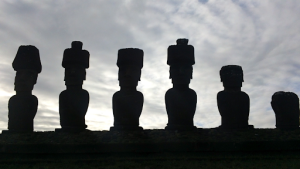 In 1955, an effort was made to preserve the statues and keep them intact. William Mulloy, an American archeologist, began transporting various complexes of moai to safer locations. The heads are protected under the United Nation’s guise of cultural heritage and they are present on the list of UNESCO World Heritage Sites. Rapa Nui National Park was established in order to fully protect the nature of the island. Some tourists and other people who have visited the island have caused some levels of damage to the moai, but so far they have remained surprisingly intact.
In 1955, an effort was made to preserve the statues and keep them intact. William Mulloy, an American archeologist, began transporting various complexes of moai to safer locations. The heads are protected under the United Nation’s guise of cultural heritage and they are present on the list of UNESCO World Heritage Sites. Rapa Nui National Park was established in order to fully protect the nature of the island. Some tourists and other people who have visited the island have caused some levels of damage to the moai, but so far they have remained surprisingly intact.
Although there is a plethora of evidence to support the origin and existence of the moai, conspiracy theorists are grounded in their beliefs. They claim that aliens or other extraterrestrial life arrived on the island and placed them as some sort of warning or signal. The location of the statues is generally concentrated in higher elevation locations, but that was because it was closer to the sky. The high-altitude statues were small in order for it to be easier for the Rapa Nui to drag them uphill. Despite conspiracy theories, the moai are still grounded in history and reality. From now until their destruction, they will remain an essential piece of Pacific Islander history and a massive money maker as a tourist attraction. They will continue to gaze sternly over the Pacific Ocean in a place of honor and an artifact admired across the world.
Resources:
https://www.britishmuseum.org/about-us/british-museum-story/contested-objects-collection/moai
https://en.wikipedia.org/wiki/Moai
https://www.easterisland.travel/easter-island-facts-and-info/moai-statues/
https://www.pbs.org/wgbh/nova/easter/civilization/giants.html








